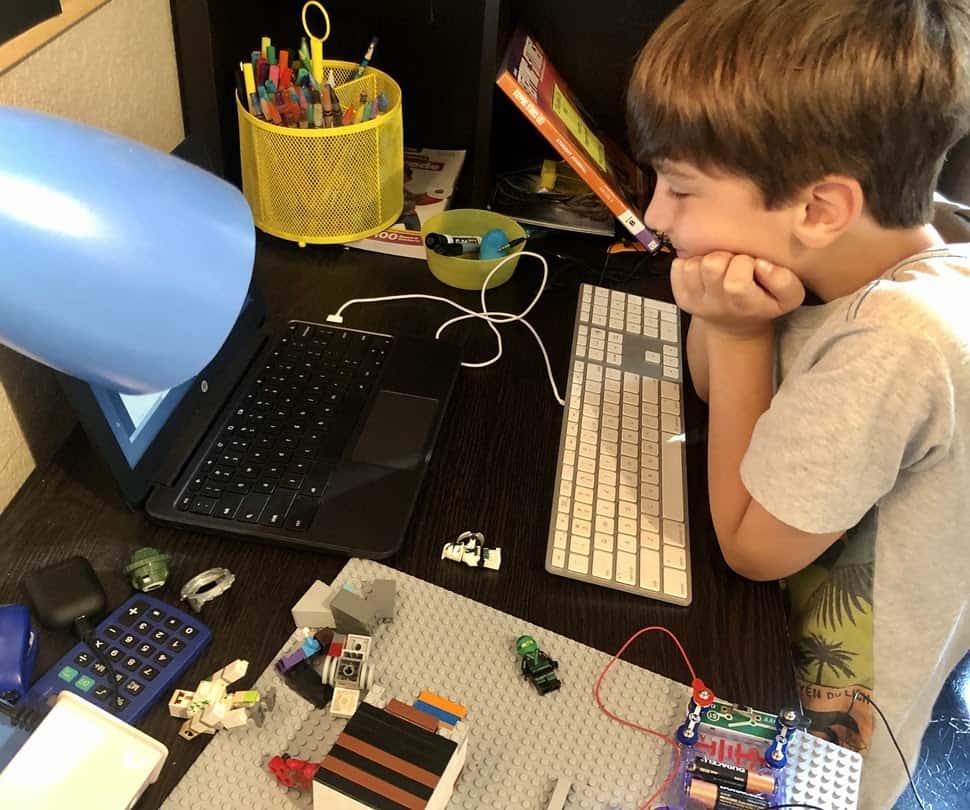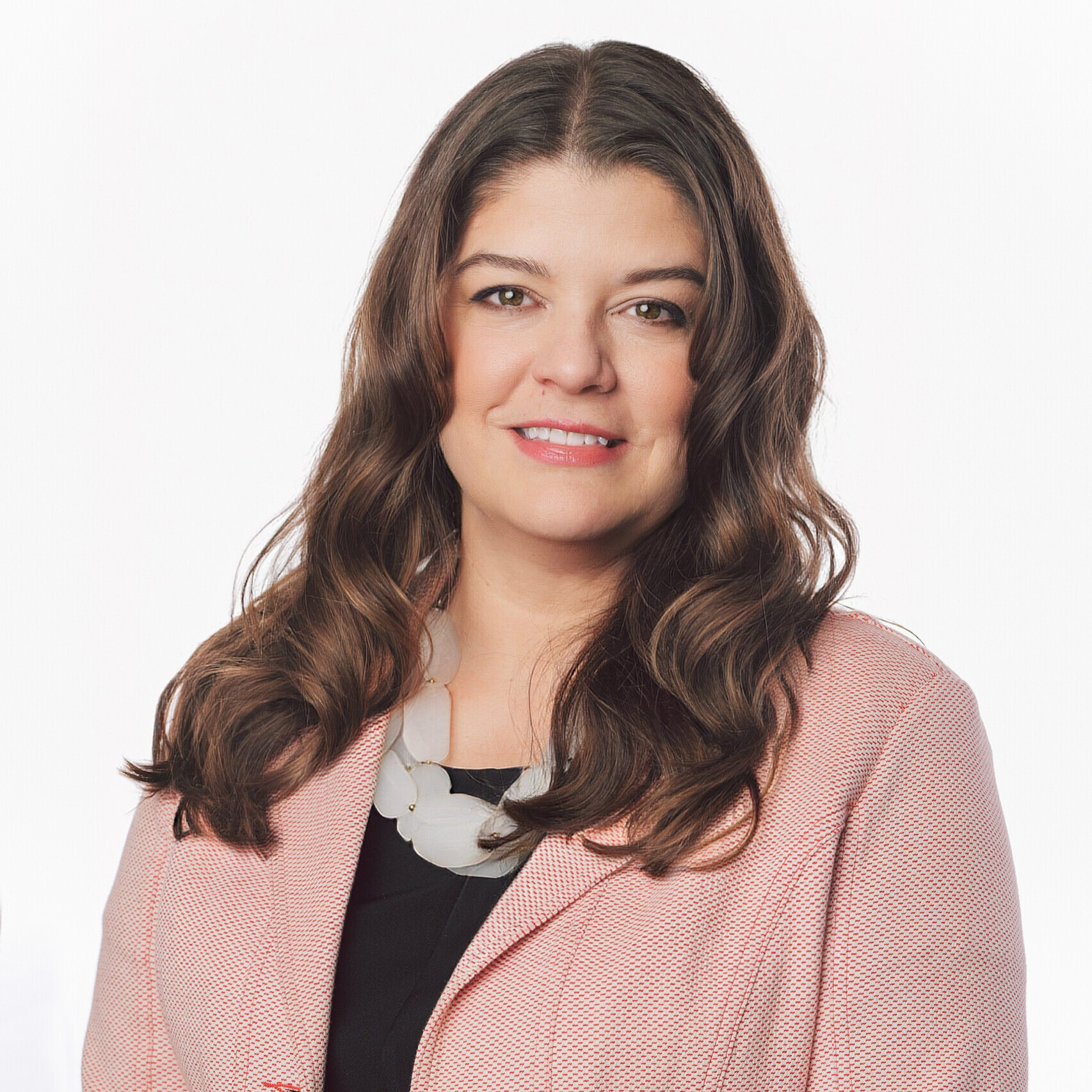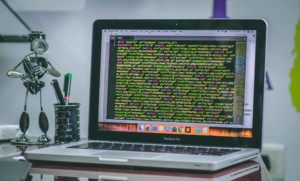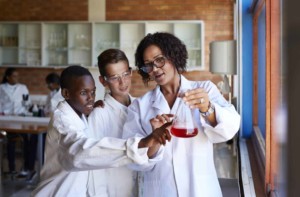The Art Of Teaching Has Been Overcompensating For The Science

In spite of a stream of near-constant negative headlines about learning from home, we have to make it work as optimally as we can. In order to do so, teaching online requires better data. The restraints of our fragile public school system are becoming more visible, exposing flaws with the way we collect and utilize data. Masterful teachers have been knowingly and unknowingly compensating for this lack of system learning data through informed observations, formative assessments and well-designed summative assessments.
When teachers start the year, they pre-assess, observe and check-in with learners to get a better understanding of their needs. The data they have from the previous year may not be useful or accurate which requires creating a new profile for each student. For the most part, this has worked, but there are discrepancies between how this data is collected, how it is compiled, and the level of bias that is embedded.
This data collection is gathered in person when teachers can see informal learning, group work and individual work, as it is occurring. They also notice how learners come into a room and how they interact with their peers. This data may lead to a mark that is averaged and mixes social-emotional learning with content knowledge, and it may also include behaviors and habits. To the teacher that is providing that mark, it works, because this may be a honed craft that the teacher understands. This is not just in the elementary years — secondary students can tell you the grading nuances of their teachers and may even be able to tell you how the game is played.
This approach has worked for most kids, but not all kids. And this is not to say that this is a goal for any teacher, as teachers are part of a system that continues to function on their backs to gather any learning data that is not event data or state assessments, and our educational system has few guidelines on how this is done. The Common Core State Standards were intended to minimize this and some would argue it made improvements, by providing common look-fors. We are only now heading into an era that may actually provide learning science. We are learning more about how humans learn, how the context can shape that learning and how learning environments can impact our brain.
The Art of Teaching
Teachers have known that the data they receive for their incoming learners is susceptible to bias and at best partially helpful. The skills that a learner struggles with can be embedded into average marks, or mixed in with other complex skills, and maybe laden with subjectivity — particularly in secondary courses where the mark is intended to represent the identified content knowledge. Attitudes, effort, mindsets and skills such as creativity and divergent thinking may also be involved. This occurs mostly because we don’t provide other avenues for these details to be measured/tracked and represented. On the flip side, the mark could also represent a perceived bias or could be overly weighted by a behavior over knowledge.
This is what I refer to as the “art” of teaching — the Herculean emotional task of understanding each individual student as a unique human in order to better understand and represent their learning.
In the new medium of universal remote learning, many artful teachers who know how to meet learners where they are are not getting to fully utilize their craft, at least not in the way they have been accustomed to. The responsive pivots so many teachers use, the instant ability to group and regroup, and to teach a skill in a new way or direct a unit differently for a learner based on their observations, has been removed. Their art of teaching has likely been severely hindered in this new medium, particularly for those that teach young learners. Some teachers with and without support are finding new ways to make this happen, but it takes time.
Teaching online seems to require a new art of teaching, one that requires better data. Even teachers who work in a learner-centered environment, or one that is set up to gather data that is discrete and aligned, may be struggling in this medium. But teachers who were used to gathering data on their own to compensate for a broken data system may feel powerless, uninspired, or even lost and ineffective.
We Also Need The Science of Learning
The shift to online learning has exposed our poorly developed learning data and begged the question of what data we really need. Is it the type of data we use to plan a unit that allows for personalized paths to common learning for our group of learners? Is it the type of data that shows how a learner learns with particularly challenging and new concepts? Does it share what learners are interested in and/or what they need to be exposed to in order to invite new interests?
Ultimately, we know that we need data to provide a learner profile that goes beyond content and traditional behavior. As a system, David Conley will tell us that we focus more on what they know or don’t know and less about how they learn. We also need to know more about what learners care about, how they see themselves as learners and how they feel about school, about learning and about their future. That is what teachers work to gather and highly value.
Typically the data that is referenced nationally is based on event assessments and what Tom Vander Ark refers to as a reliance on “quizzes and tests that are artificial, expensive, single-purpose, uninformative, and inequitable. Our peculiar American affliction is our fixation with reliability (consistent and cheap) over validity (authentic and meaningful).” We are still set up as an adult-centric system, gathering data to help adults make decisions about the system of learning, not for each and every student. This then leads to how we ‘inform’ our teaching, our learning pathways, and our predicted outcomes of learning. This is also why professional learning consistently is in search of engagement strategies and essentially how to make learners fit into this model and want to fit.
Learners deserve better data, data that is geared towards their learning needs. Teachers deserve it too.
Looking Ahead
Our current approach to pacing students’ learning comes from assessments that are designed to gather trend data in hopes of providing a statistical view that would then inform bureaucrats to make fiscal decisions impacting schools and learning outcomes. As Karla Phillips-Krivickas and I shared in a recent post, “commonly used special education terms of accommodations and modifications imply after-the-fact tweaks to an existing system. The idea of “falling behind” or “accelerating” implies one pace for learning–instead of allowing students to progress at their own time and pace and actually master concepts.”
How this trickles down is related to how our concept of “pace” is constructed — as wide sweeping gestures that treat learners like the mythical average student. If a learner is fortunate enough to fall into this mass, then learning may improve. If they are not, they will likely receive a label that pertains to ‘how they learn’ and ‘how fast they learn’ – which also implies how they don’t fit into constructed pace and content that was never designed for them in the first place.
Imagine data that invites personalized paths for more naturally-aligned groups of learners. Data that shows how a student learns best with particularly challenging and new concepts, or shares strengths a student uses toward growing understanding–asset-based, growth-producing data. Consider how this might better inform a learning experience to support personal well-being, facilitate a love of learning, and encourage interest exploration. One can imagine groups of learners exploring themselves, their surroundings, and their community.
With this type of learning science, the art of teaching could evolve into a system, and learners would be truly at the center — not ahead or behind, but at the center.








0 Comments
Leave a Comment
Your email address will not be published. All fields are required.